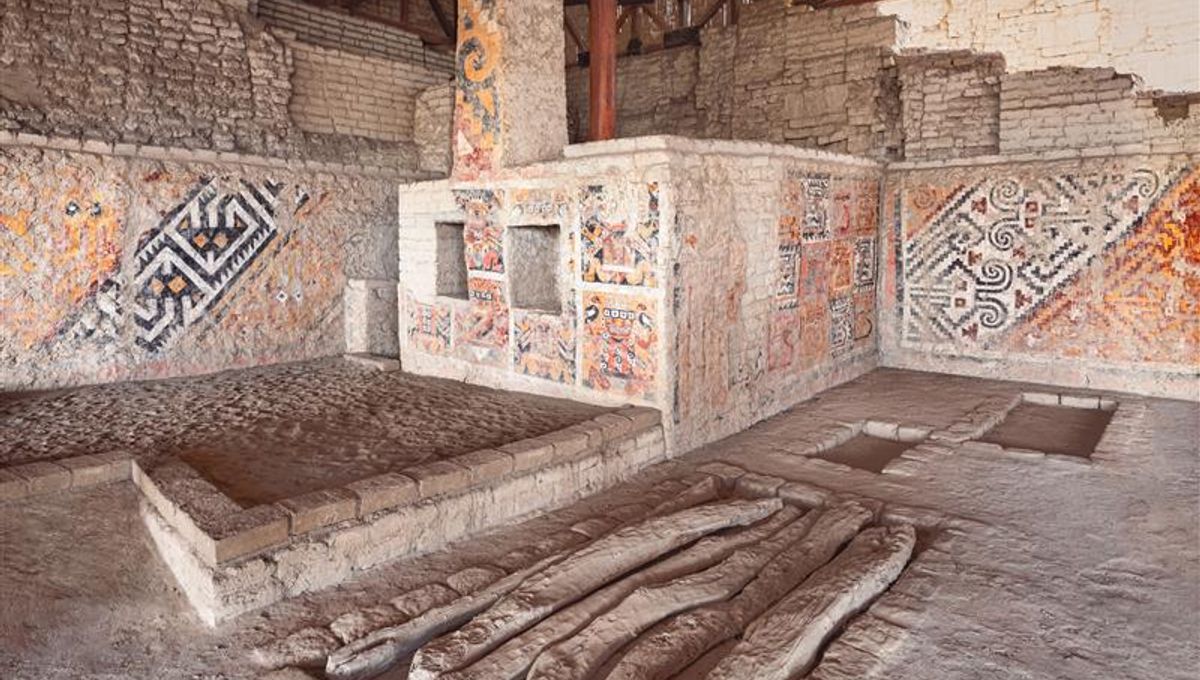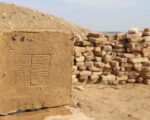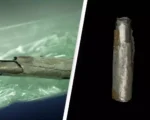1,500-Year-Old Moche Tomb Reveals Familial Sacrifices
Archaeologists have uncovered evidence of familial sacrifices in a 1,500-year-old tomb from the Moche culture at the Huaca Cao Viejo temple in Peru. Genetic analysis of six individuals buried there revealed that two teenagers, who were strangled as part of a ritual, were closely related to the adults interred in the same tomb. Published in the Proceedings of the National Academy of Sciences (PNAS), the findings shed light on a previously unknown practice of sacrificing close relatives during funerary rites in this ancient civilization.
A Rare Glimpse into Moche Ritual Practices
The Moche culture, which flourished along Peru’s northern coast between A.D. 300 and 950, is well-known for its elaborate ceremonies, often involving human sacrifices to appease deities. However, this discovery marks the first documented instance of family members being sacrificed for such rituals. Lars Fehren-Schmitz, an archaeogeneticist from the University of California, Santa Cruz, noted that no prior archaeological evidence suggested the involvement of close relatives in these sacrifices, making this a groundbreaking revelation about Moche societal and ritualistic norms.
Genomic Evidence of Family Ties
Genomic sequencing revealed that the sacrificed teenagers were directly related to the deceased individuals they were buried with. One of the boys was likely sacrificed following the death of his father, while a girl appears to have been offered during her aunt’s burial. This analysis also identified the tomb’s central figure as Señora de Cao, a high-ranking woman whose remains were interred alongside her brothers. One of these brothers was identified as the father of the sacrificed girl, highlighting the intertwined familial dynamics within the ritual.
A New Perspective on Ancient Peruvian Rituals
This discovery adds a profound layer to our understanding of the Moche civilization’s cultural practices. The inclusion of close relatives in sacrificial rites suggests a deep intertwining of familial loyalty, religious beliefs, and social hierarchy. It also raises questions about the societal pressures and spiritual motivations behind such rituals. By combining genetic analysis with archaeological investigation, researchers are piecing together a more nuanced view of how the Moche honored their dead and engaged with the divine through acts of profound sacrifice.


















